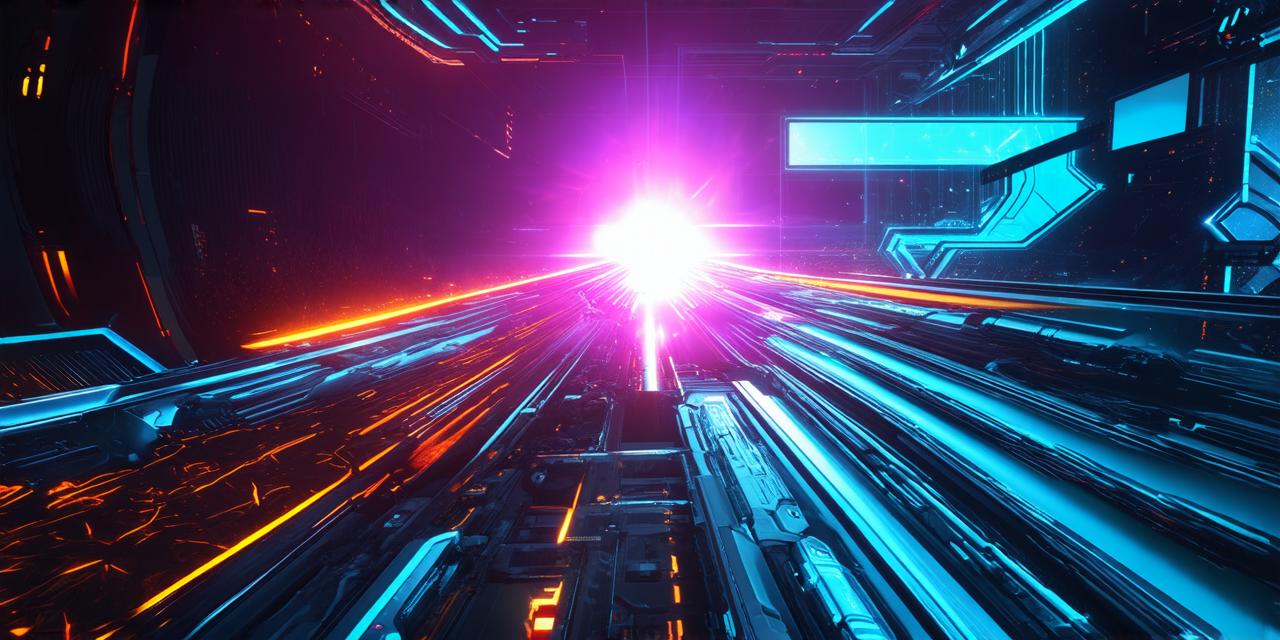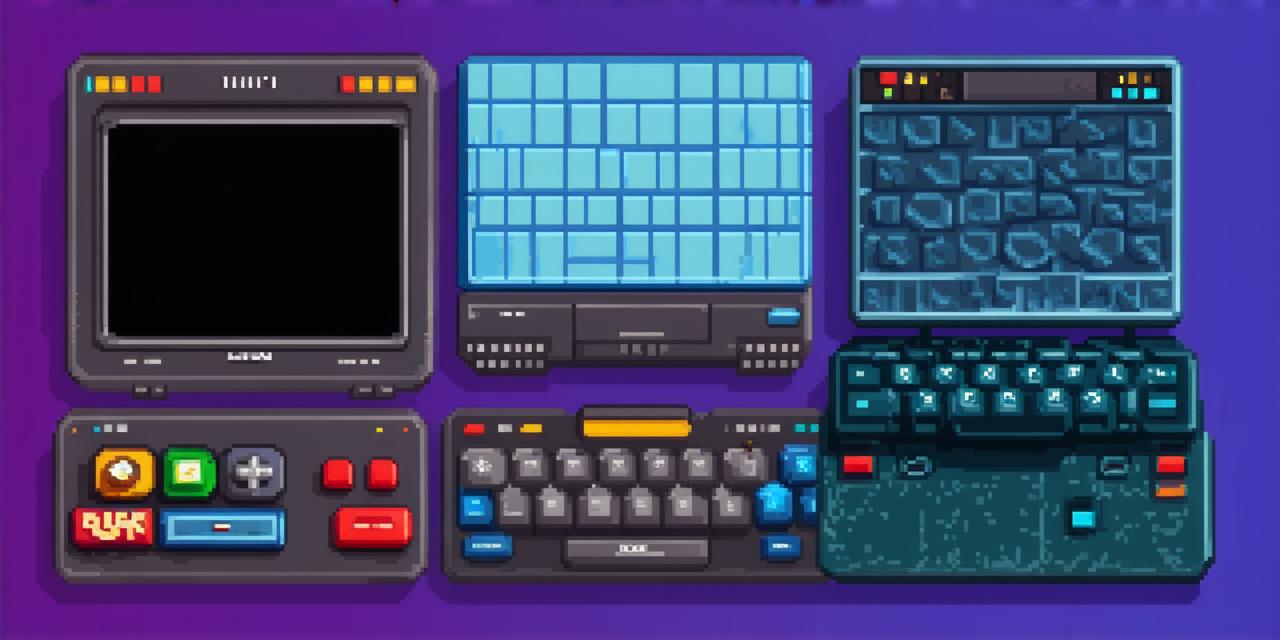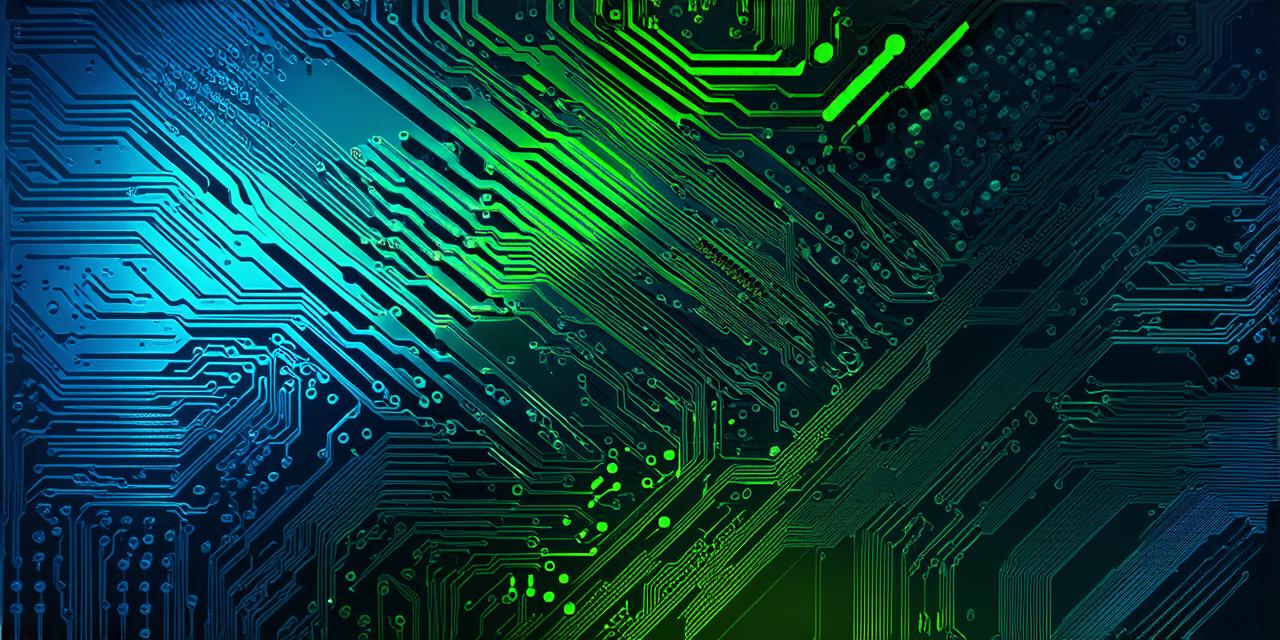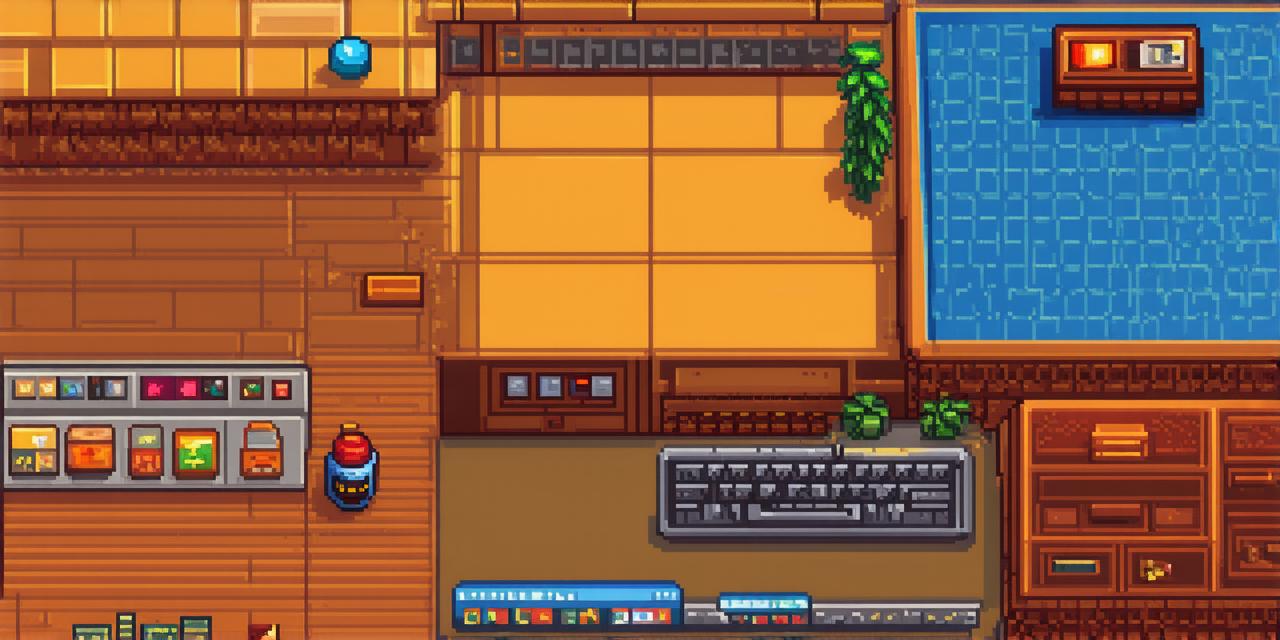Creating Animation in Unity
Unity provides a powerful animation system that allows developers to create realistic and dynamic 3D animations. The animation system is based on keyframes, which are points in time where the position, rotation, scale, and other properties of an object are specified. By defining these keyframes and specifying how they should be interpolated between them, Unity can create smooth and natural-looking animations.
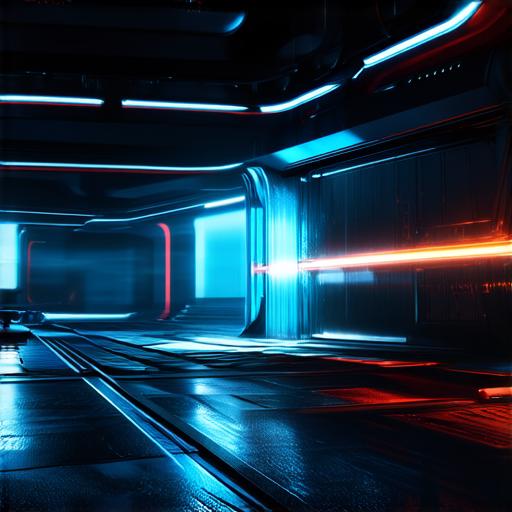
One of the key features of Unity’s animation system is its ability to support a wide range of animation styles. From simple movement cycles like walking and running to complex action sequences like fighting and flying, Unity can handle it all. Additionally, Unity supports animation layers, which allows multiple animations to be played simultaneously on different parts of the same object. This makes it possible to create detailed and intricate character movements.
In addition to keyframe-based animations, Unity also supports motion capture. Motion capture is a technique that involves recording the movement of real actors and using that data to animate digital characters. With Unity’s motion capture support, developers can create realistic and expressive character movements that would be difficult or impossible to achieve through keyframe-based animations alone.
Advanced Animation Techniques in Unity
Unity also supports a number of advanced animation techniques, including curve-based animations, physics-based animations, and procedural animations.
Curve-based animations allow developers to create complex and dynamic animations by specifying how an object’s properties should change over time using curves. This can be used to create smooth and natural-looking animations that would be difficult or impossible to achieve through keyframe-based animations alone.
Physics-based animations, on the other hand, allow developers to create realistic animations by simulating the physical laws of the real world. For example, a character running could be animated to bounce off walls and obstacles in a way that would be physically accurate.
Procedural animations are a type of animation that is generated algorithmically, rather than being pre-animated. This can be used to create complex and dynamic animations that would be difficult or impossible to achieve through traditional keyframe-based animations. For example, a character’s clothing could be animated to flutter and billow in the wind based on the character’s movement.
Conclusion
In conclusion, Unity is capable of creating 3D animations of all types and complexity. Whether you are looking to create simple movement cycles or complex action sequences, Unity has the tools you need to bring your digital characters to life. With its powerful animation system, support for motion capture, and advanced animation techniques, Unity is a powerful tool for creating dynamic and expressive 3D animations.
